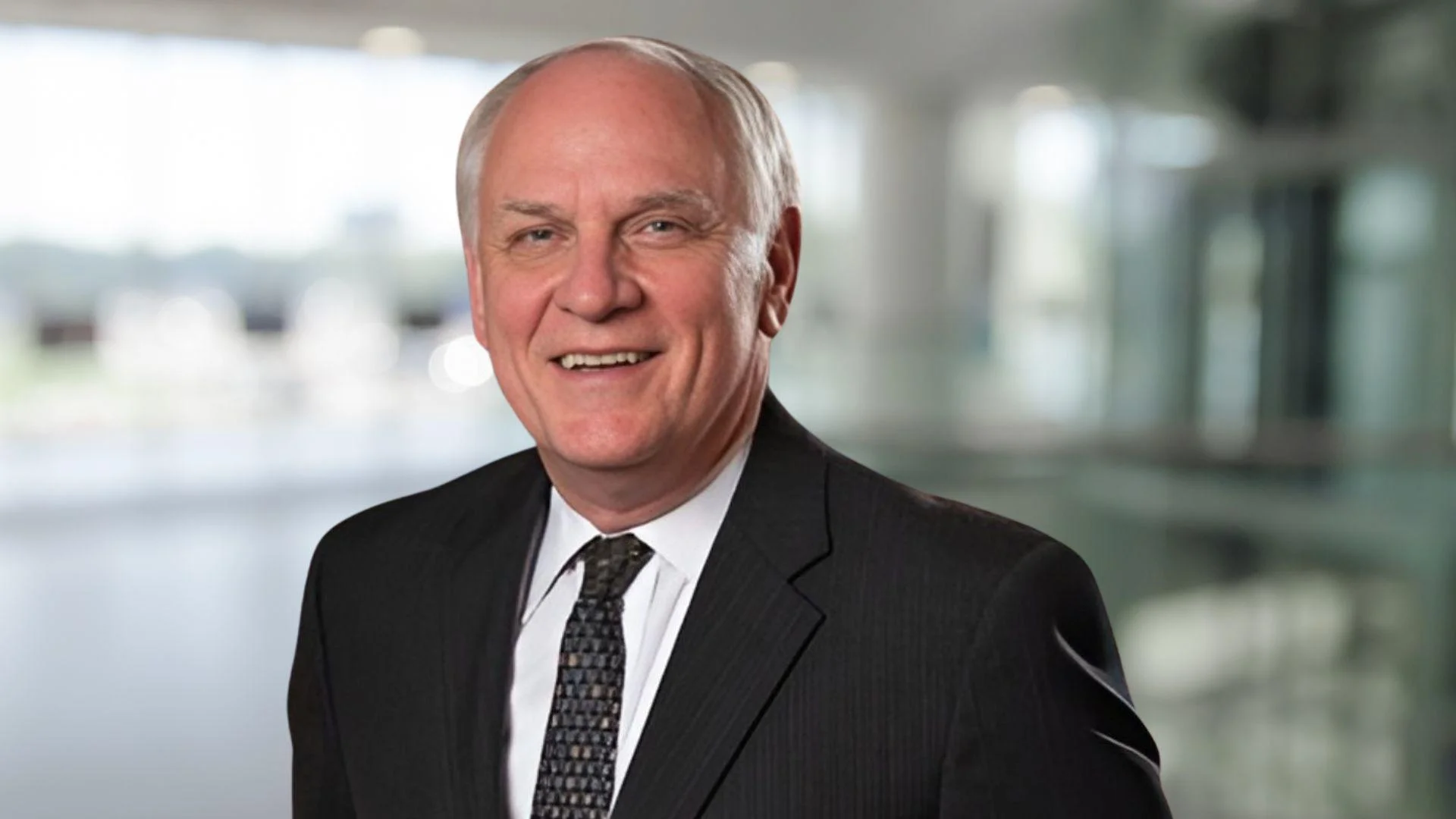United’s route planning uses its primary hubs—Newark Liberty International Airport (EWR) and Washington Dulles International Airport (IAD) on the East Coast for transatlantic and Middle Eastern flights; San Francisco International Airport (SFO) for Pacific routes; and additional continental hubs in Chicago (ORD), Houston (IAH), Los Angeles (LAX), and Denver (DEN). This approach allows the airline to offer coordinated departure times for connecting passengers across continents.
Partnerships within Star Alliance help expand United’s reach while managing risk. Joint ventures with Lufthansa Group, Air Canada, and ANA support this strategy. In some markets where United is the sole operator of nonstop long-haul services, it can adjust capacity according to seasonal demand rather than commit to year-round flights. Revenue from cargo transported in aircraft holds also factors into network decisions.
The Boeing 787 family is integral as United transitions away from older models like the Boeing 767s and some Boeing 777-200s. In a significant move toward fleet renewal, United ordered an additional 100 Dreamliners—with options for another hundred—in late 2022. Deliveries will continue through at least 2032 as part of this modernization plan.
According to data provided by aviation industry firm Cirium to Simple Flying, the Boeing 787-9 serves most of United's longest routes due to its superior range capabilities. Examples include Newark-Johannesburg in South Africa and several transpacific flights originating from San Francisco or Houston.
The five longest nonstop routes operated by United with a Boeing 787 in 2025 are:
- Houston-Sydney: approximately 8,587 miles
- San Francisco-Singapore: approximately 8,440 miles
- San Francisco-Adelaide: approximately 8,068 miles
- Newark-Johannesburg: approximately 7,988 miles
- Cape Town-Washington D.C.: approximately 7,923 miles
These routes highlight how far-reaching United's network has become thanks to advances in aircraft technology.
Operationally, nearly forty thousand flights will be operated by United’s Boeing 787 fleet next year; more than half will be flown by the -9 variant alone. Each model fills a specific market niche—ranging from dense international corridors requiring more seats (the -10) to thinner long-haul markets better suited for smaller planes (the -8).
This deployment strategy supports United's focus on premium revenue growth on longer flights where customer willingness to pay extra for comfort increases due to flight duration.
 Alerts Sign-up
Alerts Sign-up





































